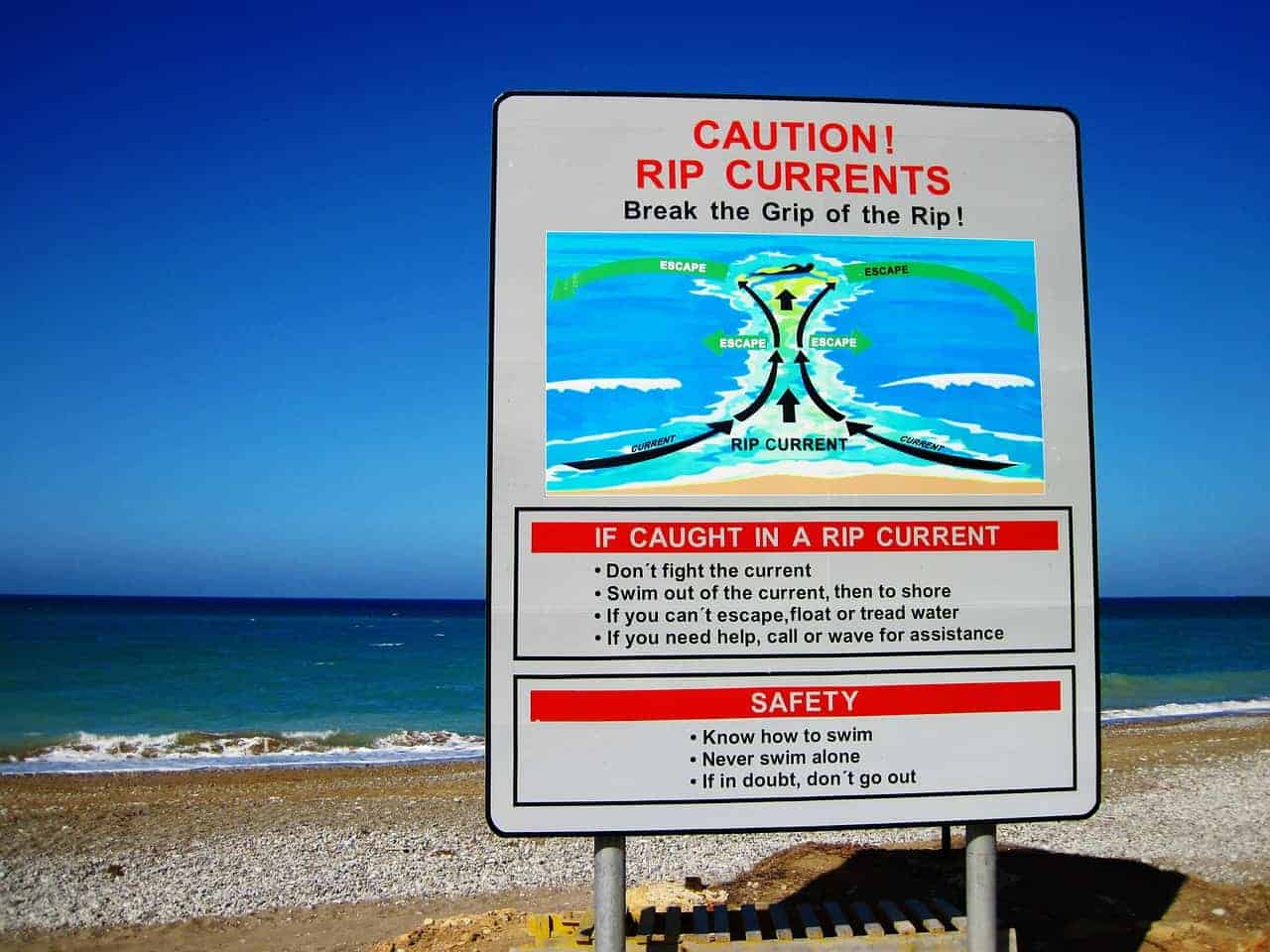The closest I have ever come to drowning was at Playa Dominical. A beach favored by serious surfers, it features big consistent waves with good breaks, and also a current strong and dangerous enough that warning signs of the rips are posted along the beach.
One moment I was out bouncing between waves in chest high water, the next I was pulled out over my head as a succession of waves crashed over me. I am a strong swimmer and have spent thousands of hours in the ocean, both Atlantic and Pacific, and this was the strongest rip I had ever been caught in.
As I bobbed around, slowly tiring and unable to free myself, I remember thinking – “This is how people drown.”
I was pulled out until I reached a calmer area.. I used the natural buoyancy of the salt water and flipped over on my back and sucked wind as the waves were now between me and the shore. . I stayed on my back until my breathing returned to near normal. Then I slowly backstroked, roughly parallel to the coast.
Eventually, I was free of the rip and was able to swim toward the waves and allow their momentum to propel me toward shore. I looked back at the ocean when I reached the water’s edge. Certainly, there was a good reason that most everyone I saw out in the waves at this beach had use of a surfboard.
I was fortunate that day not to become another statistic. On average 12 people a month die in Costa Rica due to drowning. In this century, over 3,000 have gone under alive, and resurfaced dead, blasted by waves, swept away by raging rivers, pulled out by unforgiving currents until exhaustion.
It is usually sudden, silent, and happens one of two ways: Most victims die because water fills the lungs, harms the lining, and oxygen can no longer be taken in.
But oddly, in around 10% of drownings, water never reaches the lungs. The throat closes by reflex when the victim goes under, but before the lungs are affected. It is asphyxiation of a different kind. I once witnessed the aftermath of a drowning on a different beach in Costa Rica. It was during Semana Santa.
It unfolded in a few minutes, desperate people waving from high water, waves crashing, no lifeguard on the scene, five went out and only four came back. The body was retrieved later in the day and was laid under a sheet in the shade of some palms. Grieving family members stayed with the body until the authorities arrived. Passersby tried not to stare for too long.
Here, a few closing tips to save yourself from drowning:
- Know your ability– don’t go out bouncing in waves or tubing rapids if you are inexperienced in the water.
- If you are inexperienced, only enter with an experienced, strong swimmer.
- Don’t Panic, Go with the flow– nothing is more futile than fighting the pull of water.
- If in a bad situation, float on your back and go with the current, whether in the ocean, or a river (where you want to be going feet first (downstream).
- Most important–respect the water. The oceans, rivers and lakes of the world are graveyards for anyone who enters overconfident and unprepared.
Death by drowning is in a sense, ironic: We are mostly water in a world that is mostly water, but what nourishes us can also kill us.






